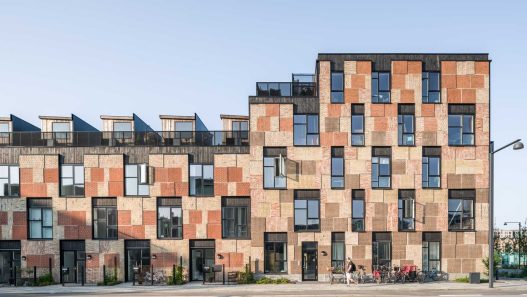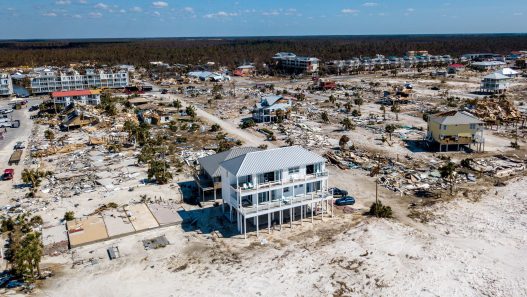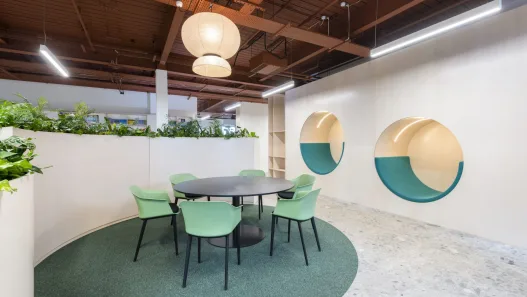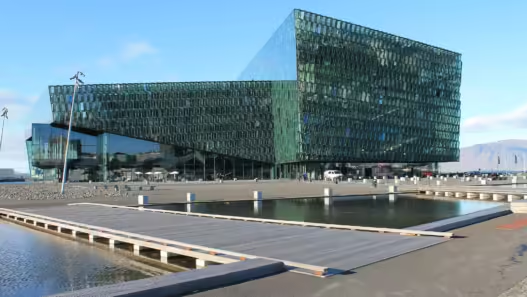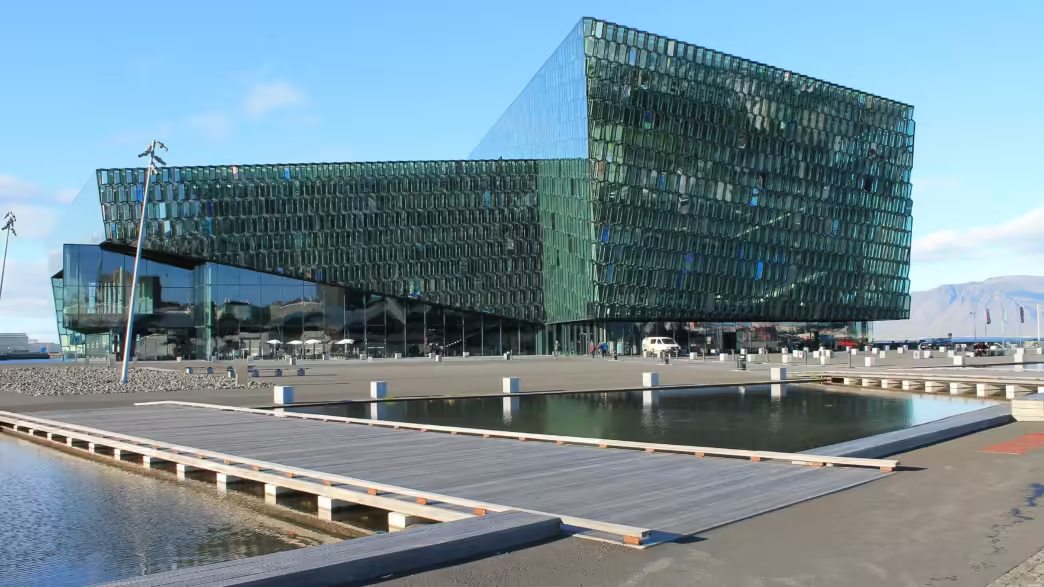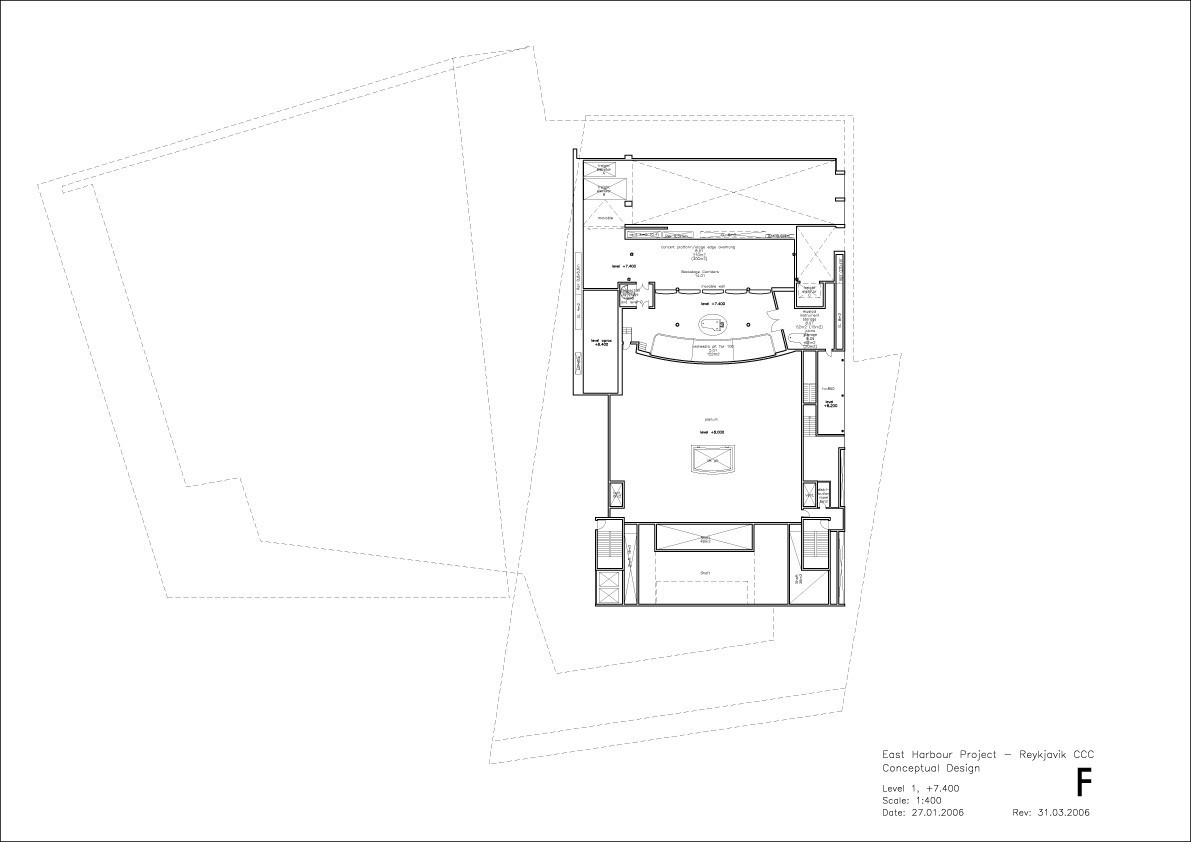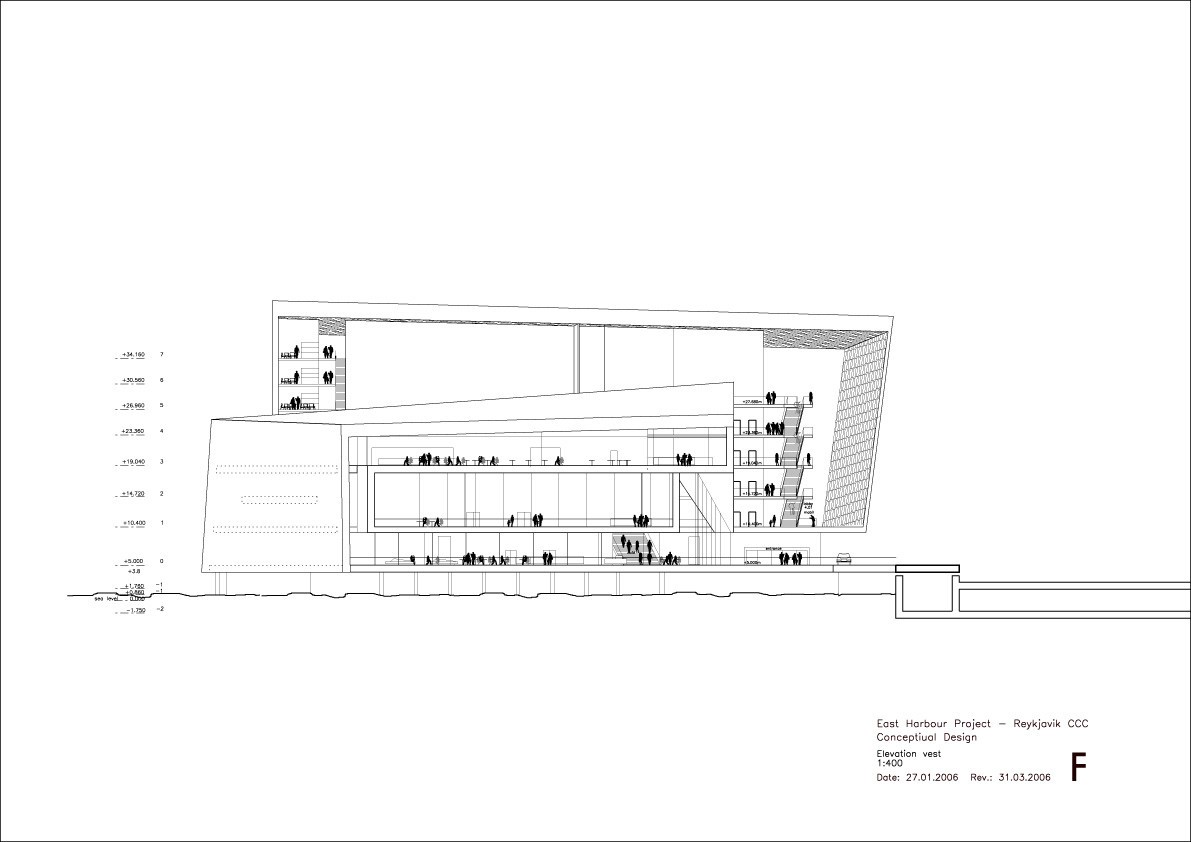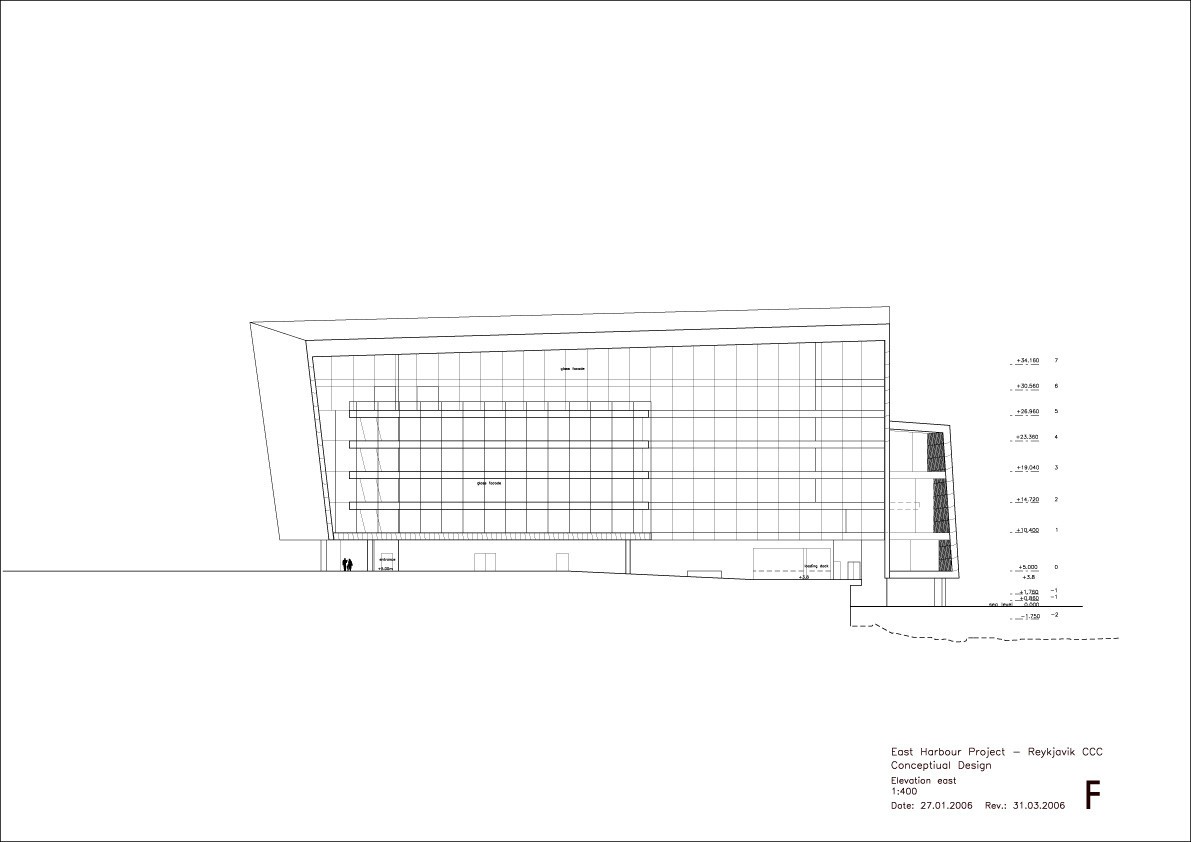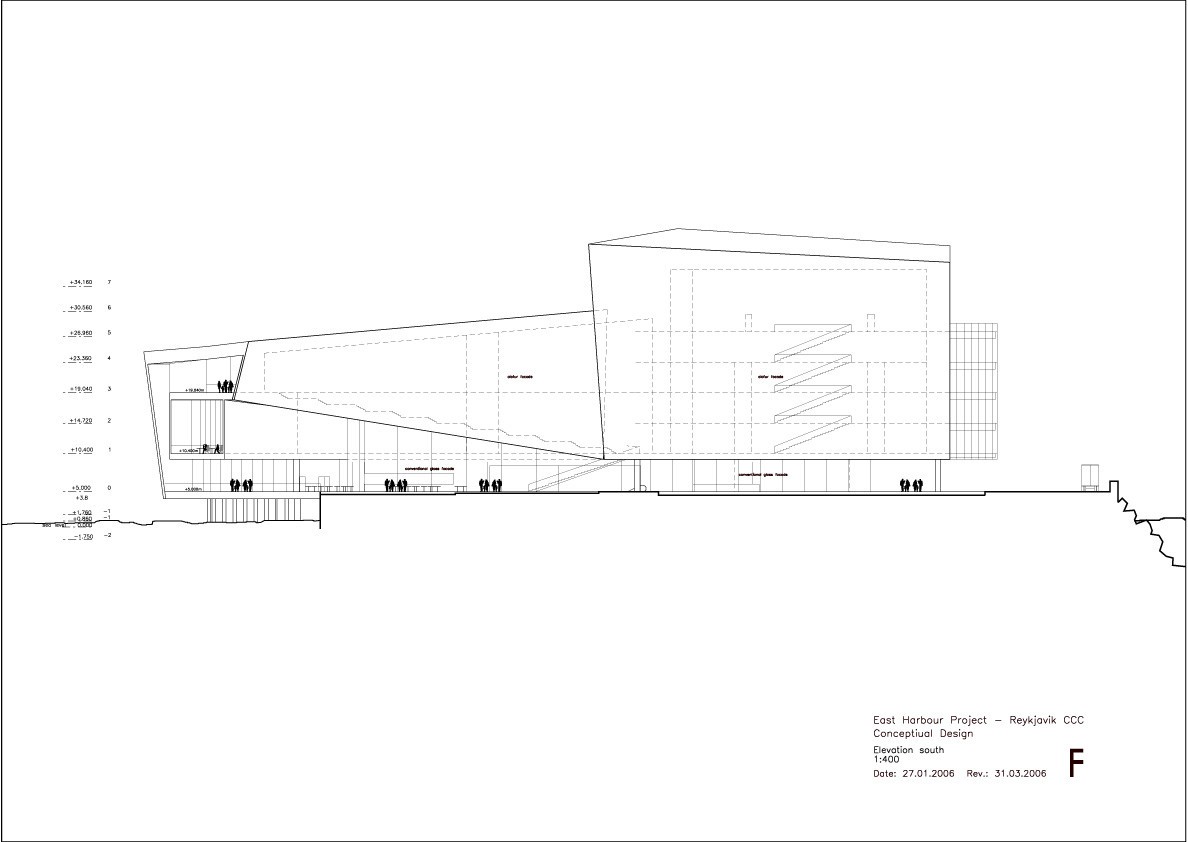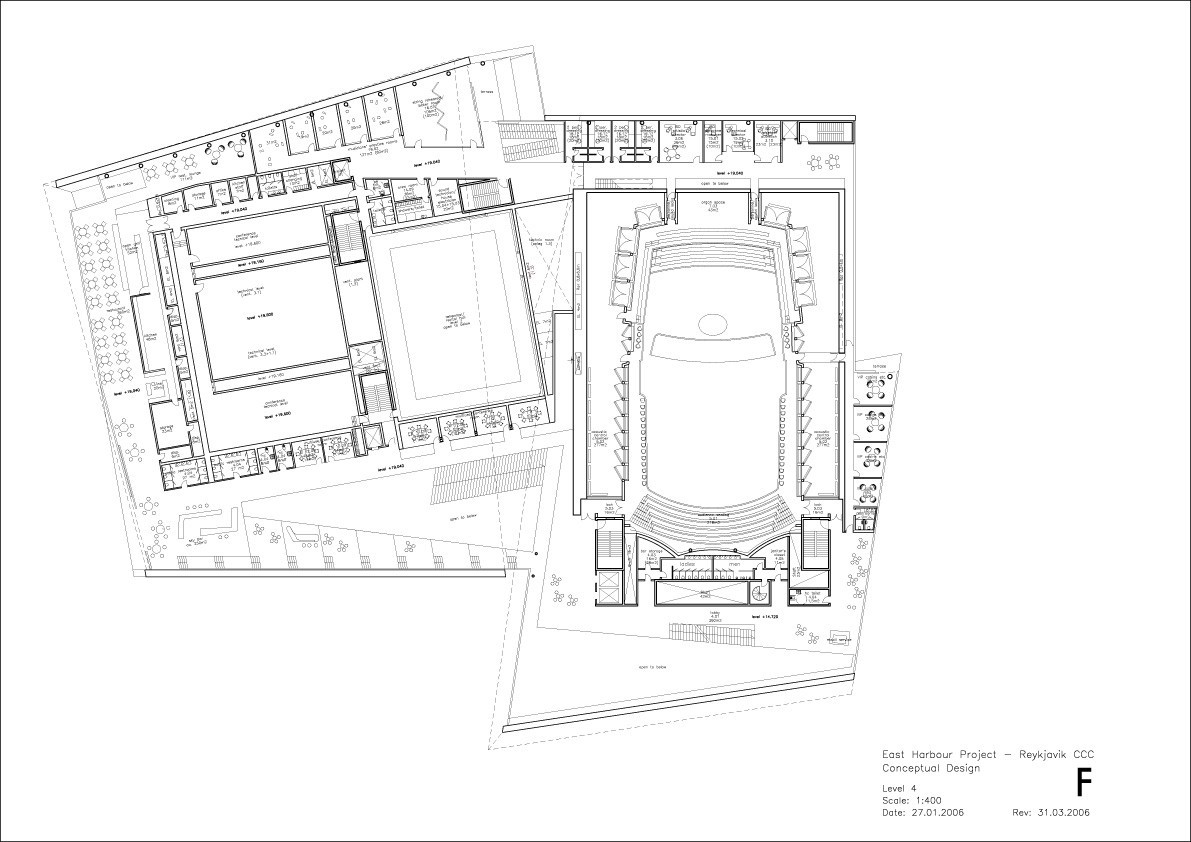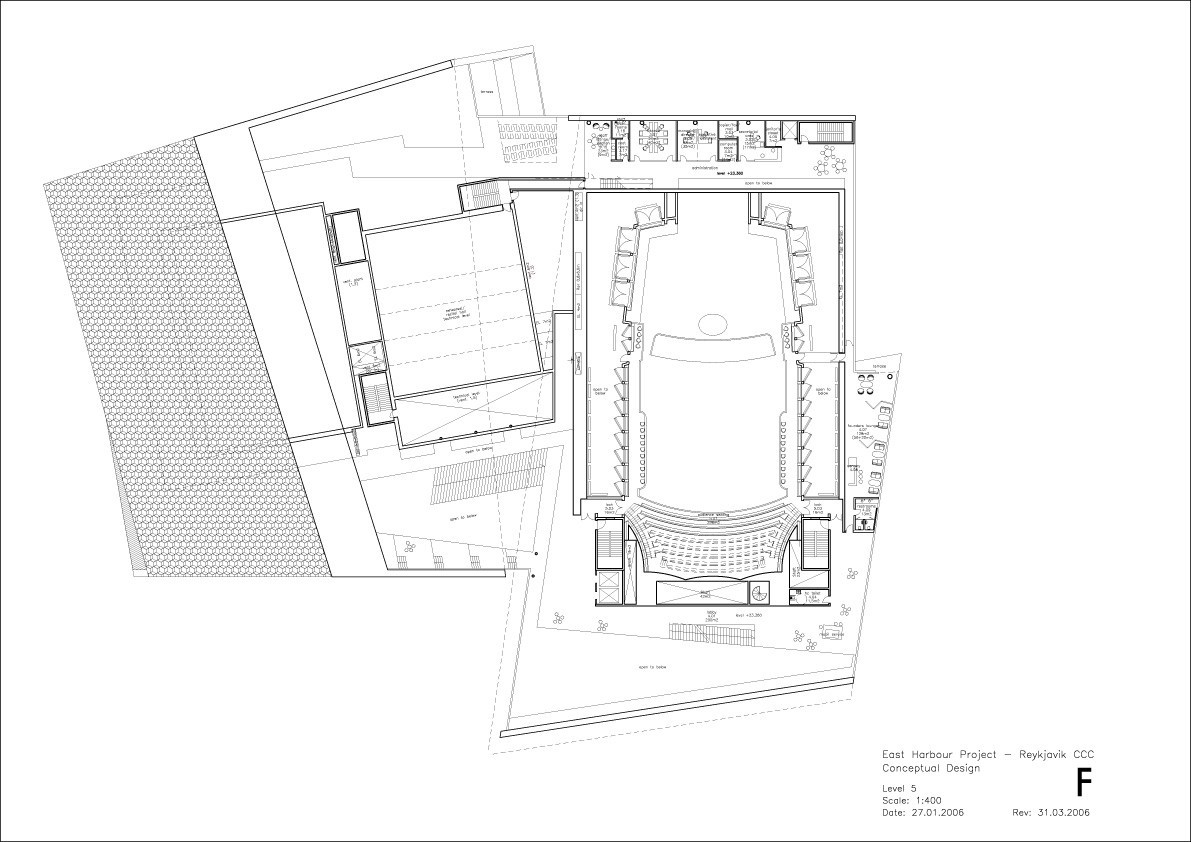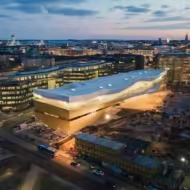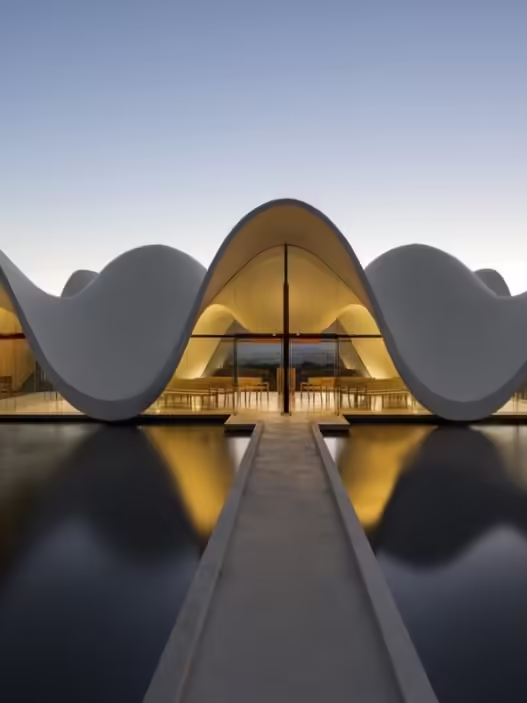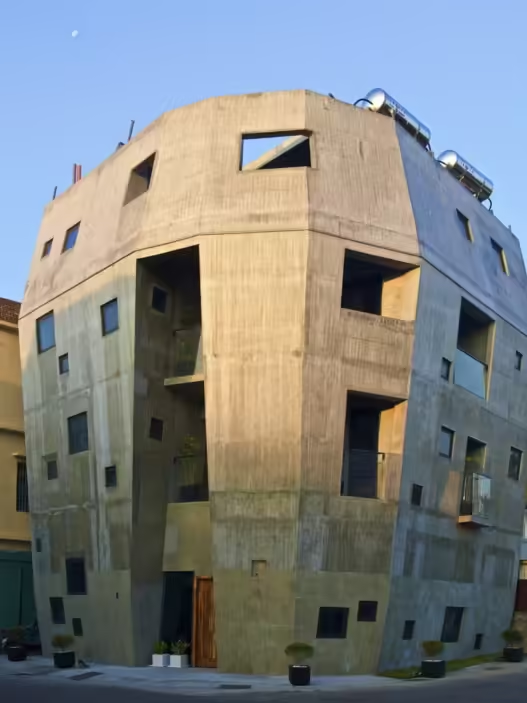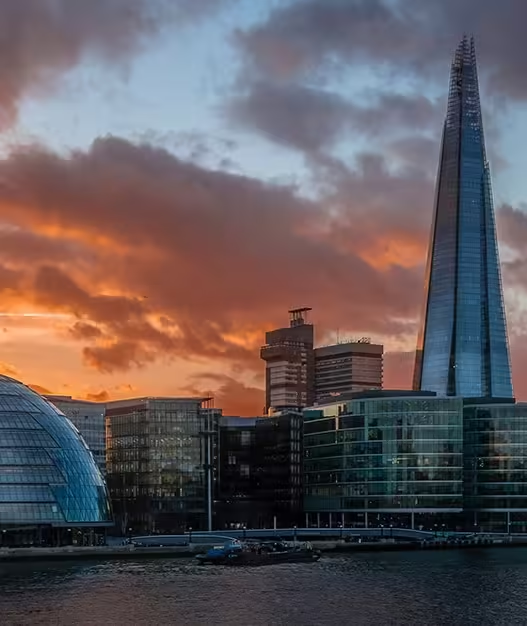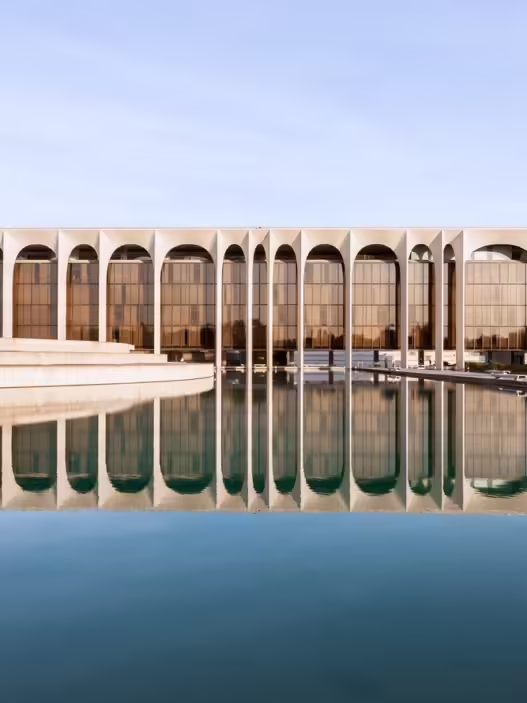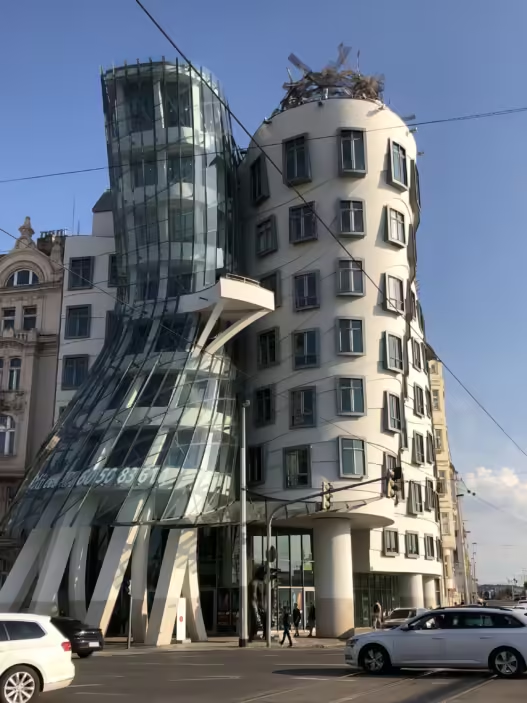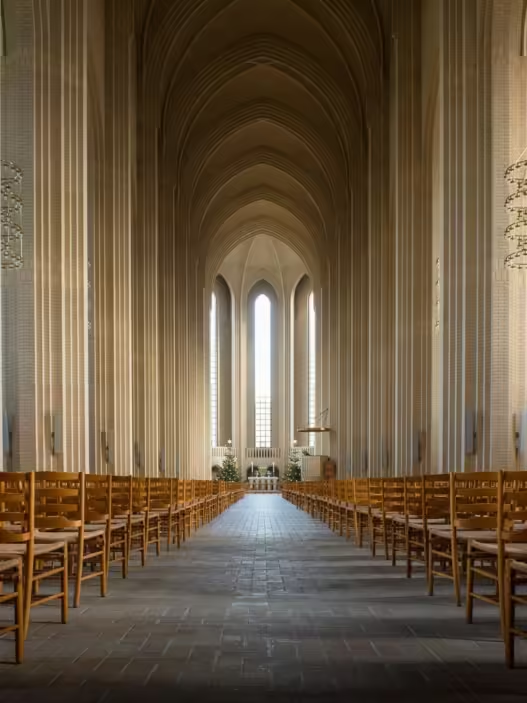Harpa Concert Hall and Conference Center, designed by Henning Larsen Architecture , is located in Reykjavík, Iceland. Designed between 2007 and 2011, it was built on an area of 28,000 m² at a cost of €164 million.
- Harpa is an impressive concert hall and conference center in Reykjavík.
- Situated on the seafront and surrounded by mountain scenery, it offers a unique atmosphere.
- Its design takes into account environmental factors and overcomes challenges such as noise and climate.
- Olafur Eliasson’s artistic direction makes the exterior unique and aesthetic.
- The interior is carefully designed for flexibility and multipurpose use.
- The fact that Harpa has been recognized with various awards is a testament to its architectural achievement.
- The choice of name, which harmonizes with Icelandic culture, integrates with the local identity.
- Harpa has also been featured in popular culture, gaining international recognition.
- The combination of architecture and art makes the building much more than just a concert hall.
- Harpa is one of the leading examples of modern architecture and an attraction worth visiting.
Let’s take a look at this seaside structure.

Harpa’s Location
It has been a cultural and social center in the heart of the city. With spectacular views of the surrounding mountains and the North Atlantic Ocean, Harpa is a fascinating space for curious travelers. Never disconnected from the city, nature or people, the award-winning Harpa architecture has attracted 10 million guests since it opened on May 4, 2011.
Challenges posed to Harpa by its location
The proximity of the music hall to a busy road posed a challenge to the design. After much effort and design experimentation, the desired aesthetic quality was achieved and noise was prevented from entering the building. The Icelandic climate was also tackled. Special insulations were used to keep the heat out of the building. Since the acoustics of the building allow flexible use, it can be used for different activities. The seating elements, which are designed to be movable and create different volumes, are among the elements that are special to this structure.
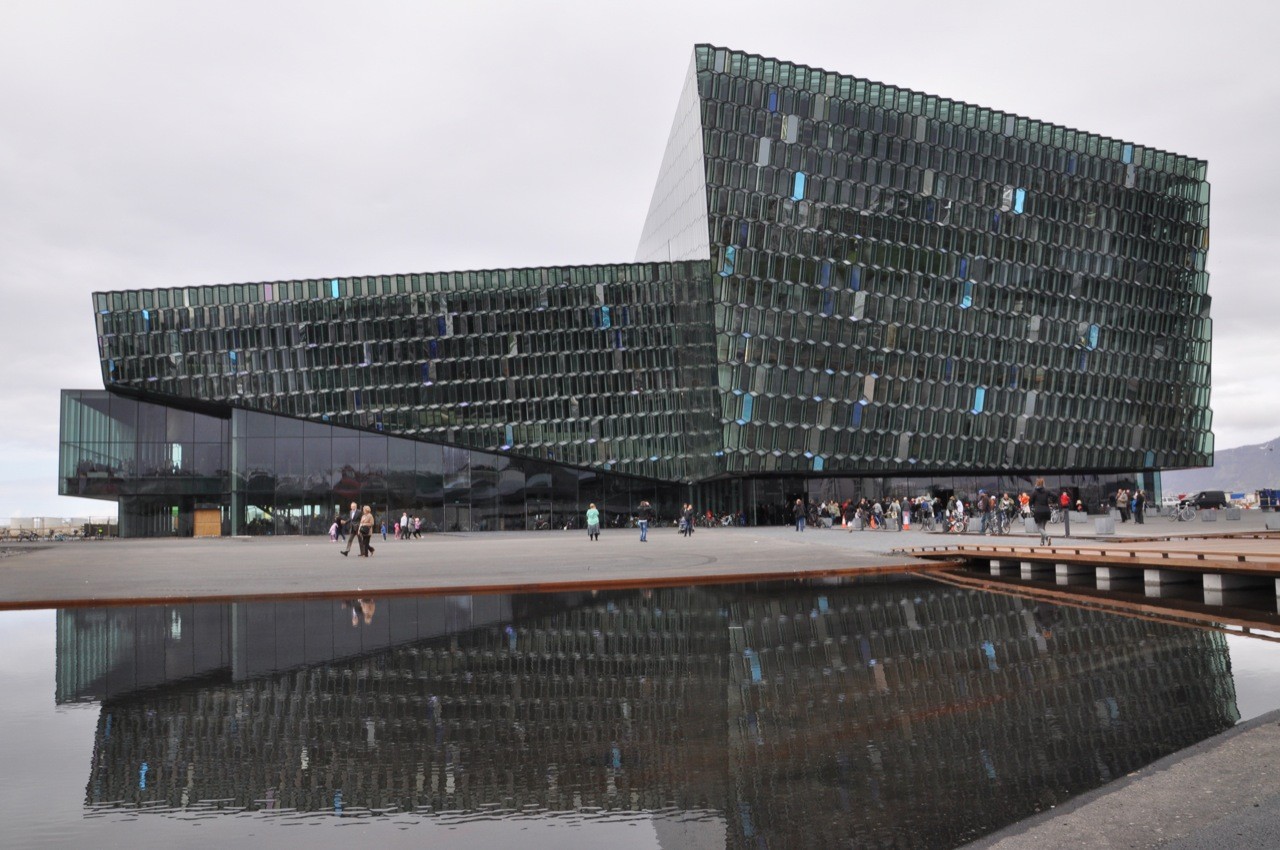
Harpa Exterior
Henning Larsen Architects, in collaboration with Danish-Icelandic artist Olafur Eliasson, planned the exterior design of Harpa, and after a long period of work, they embraced their great idea and created a highly successful and impressive building both aesthetically and technically.
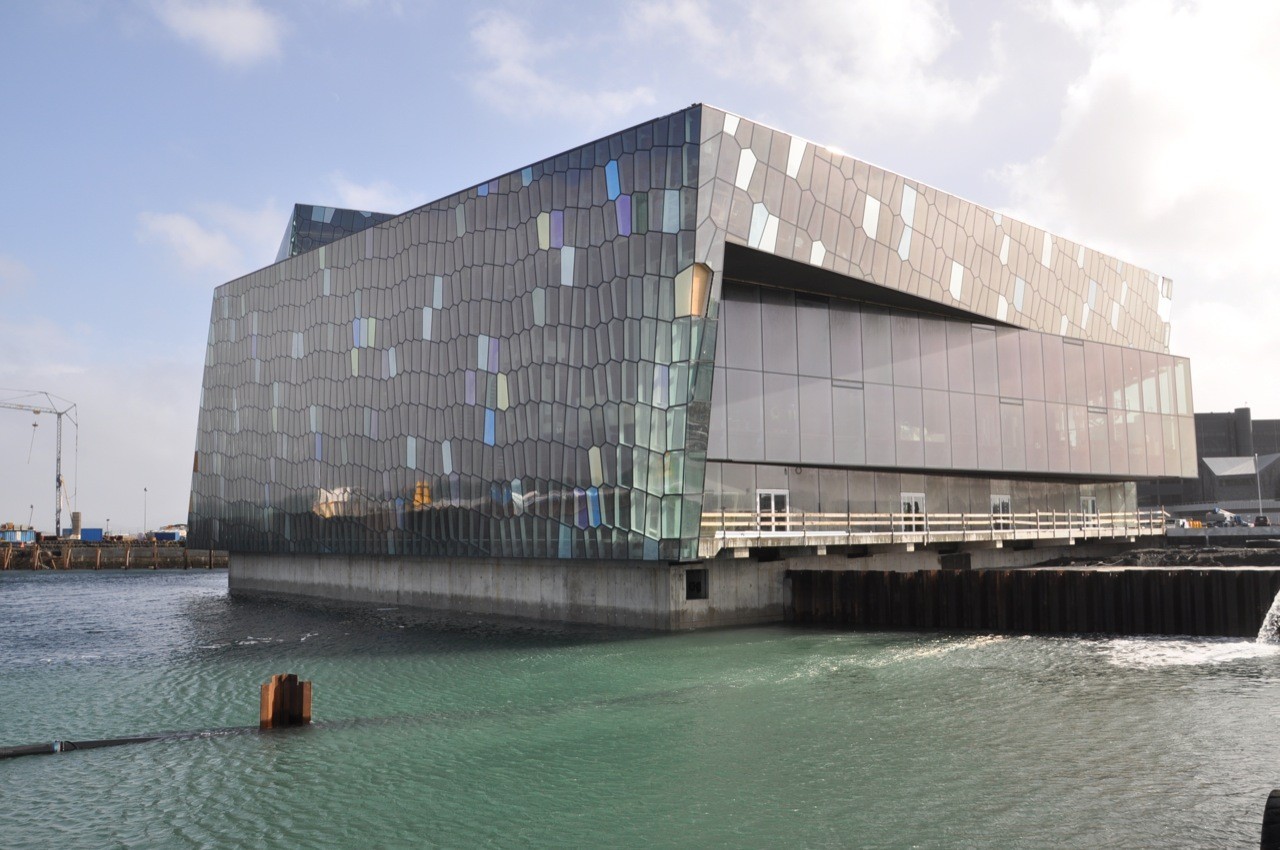
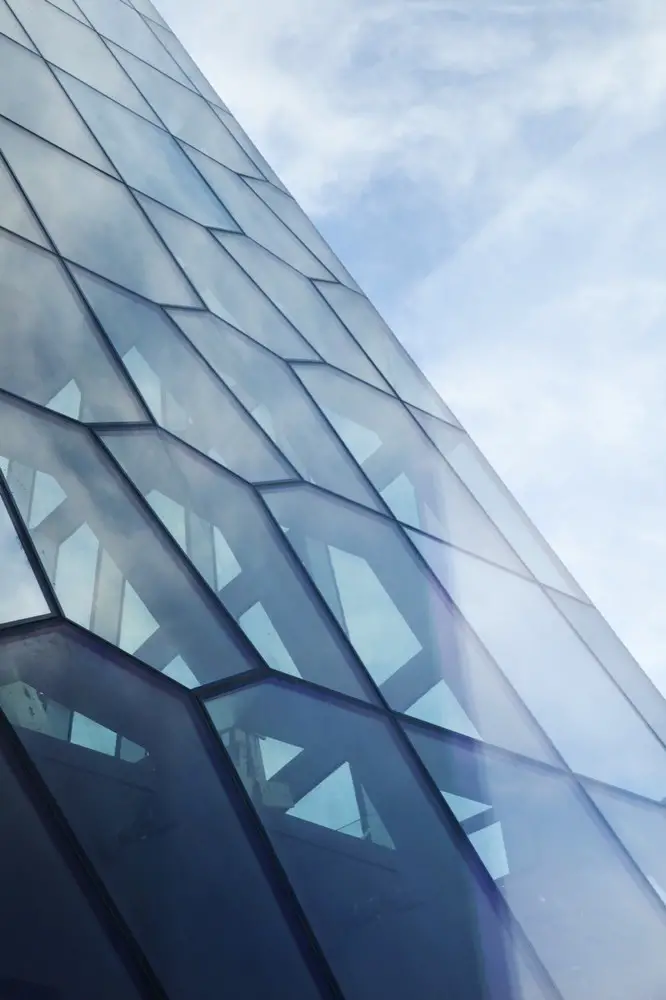
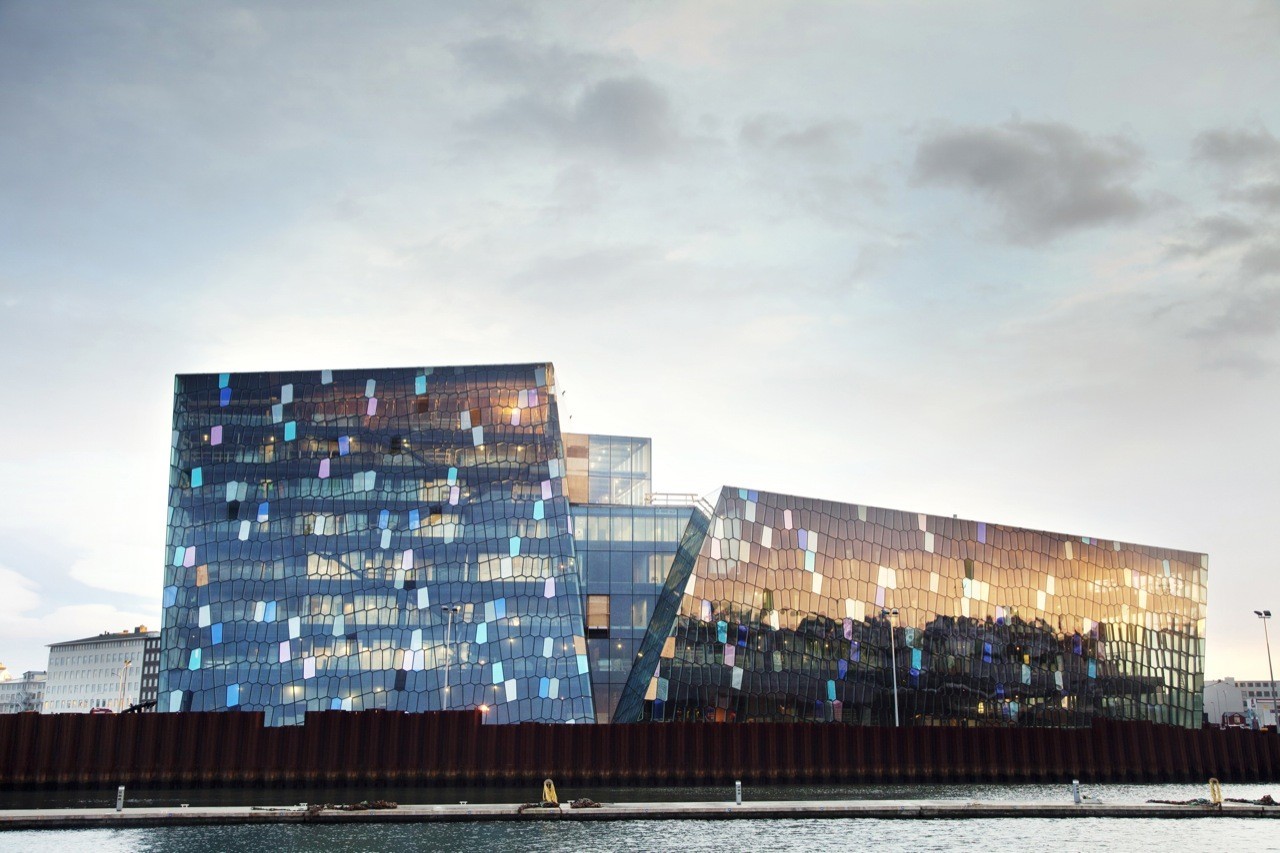
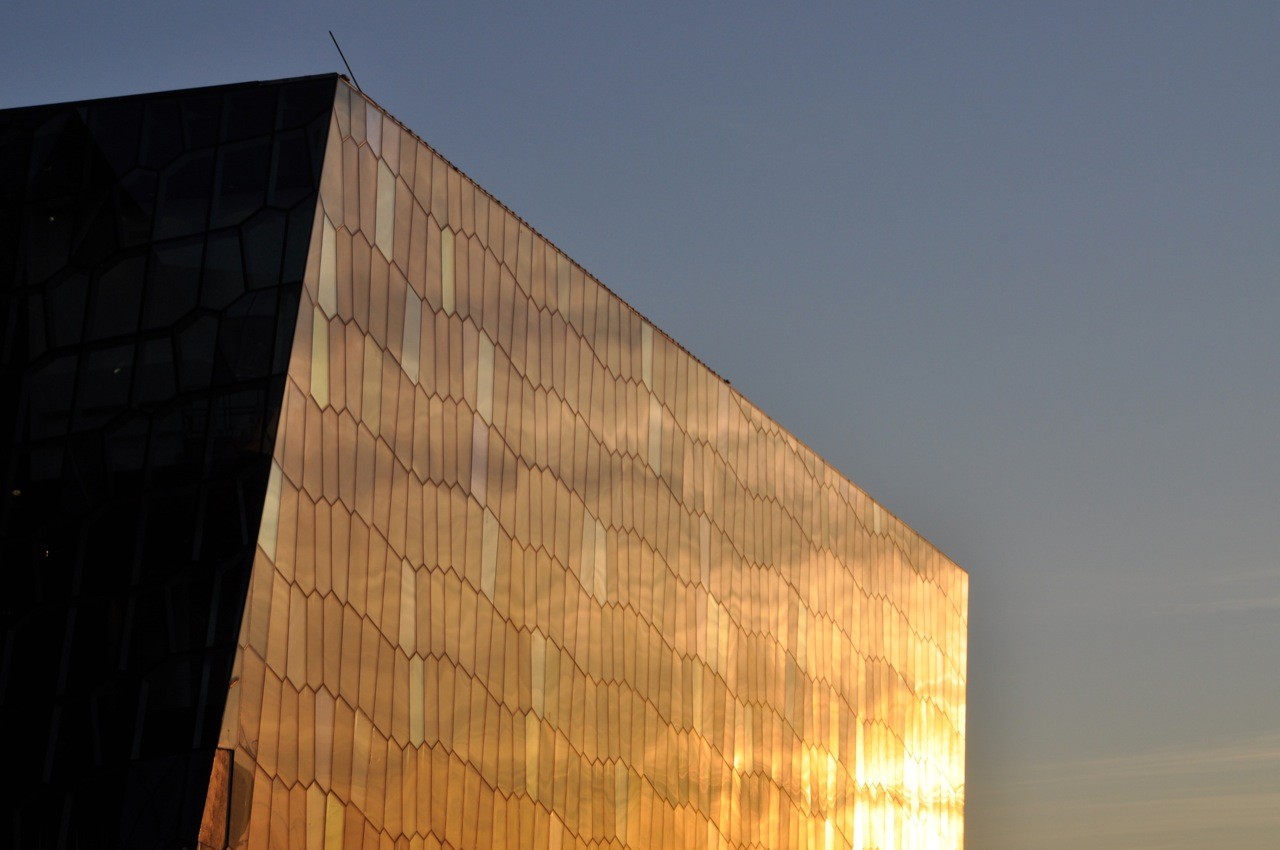
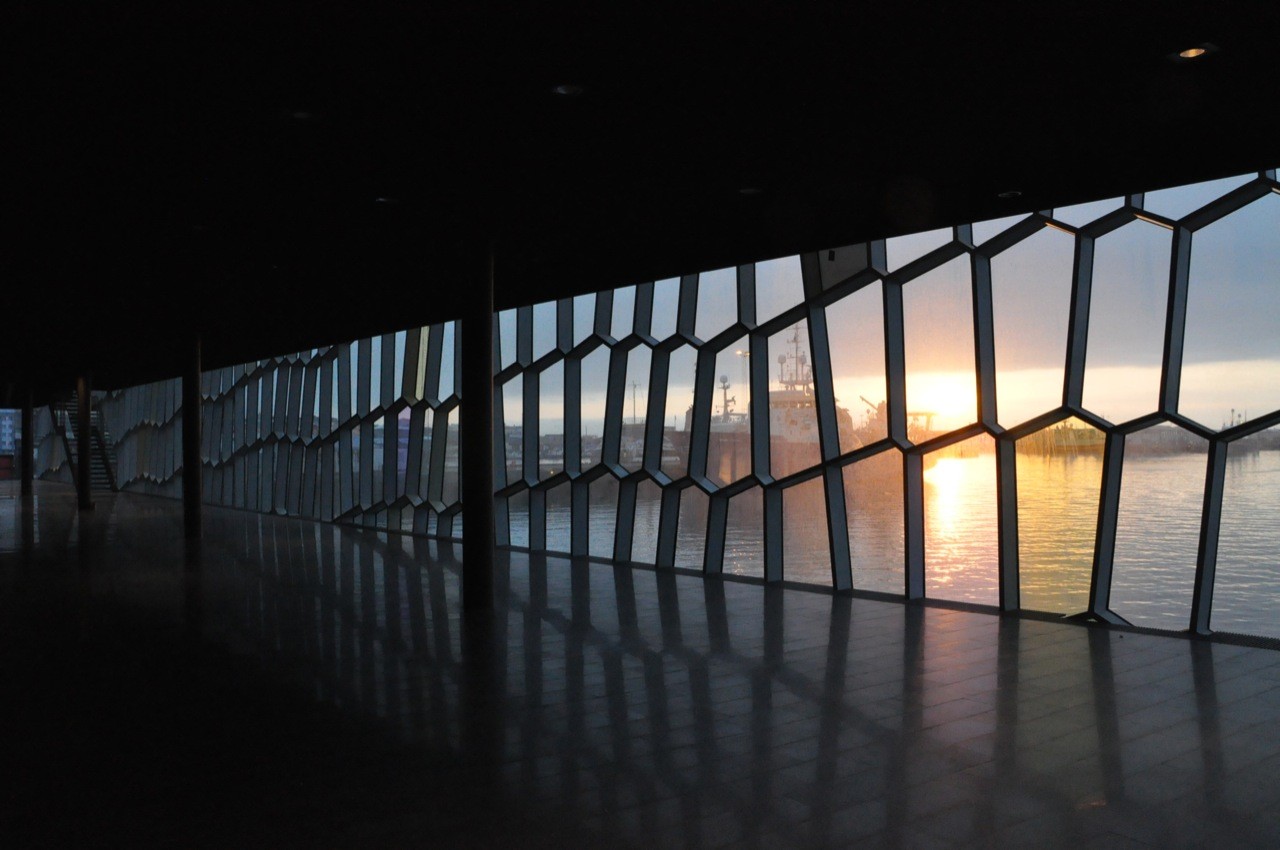
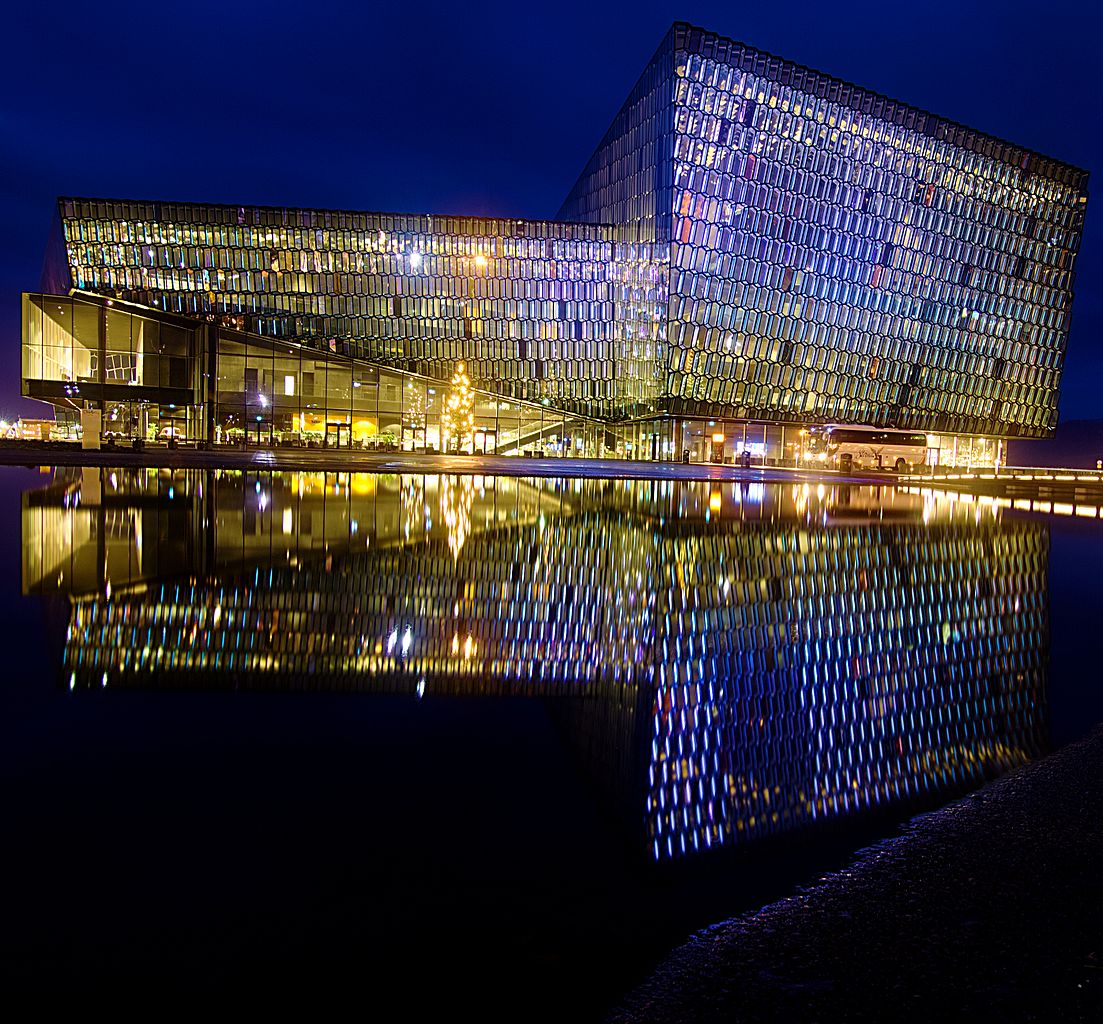

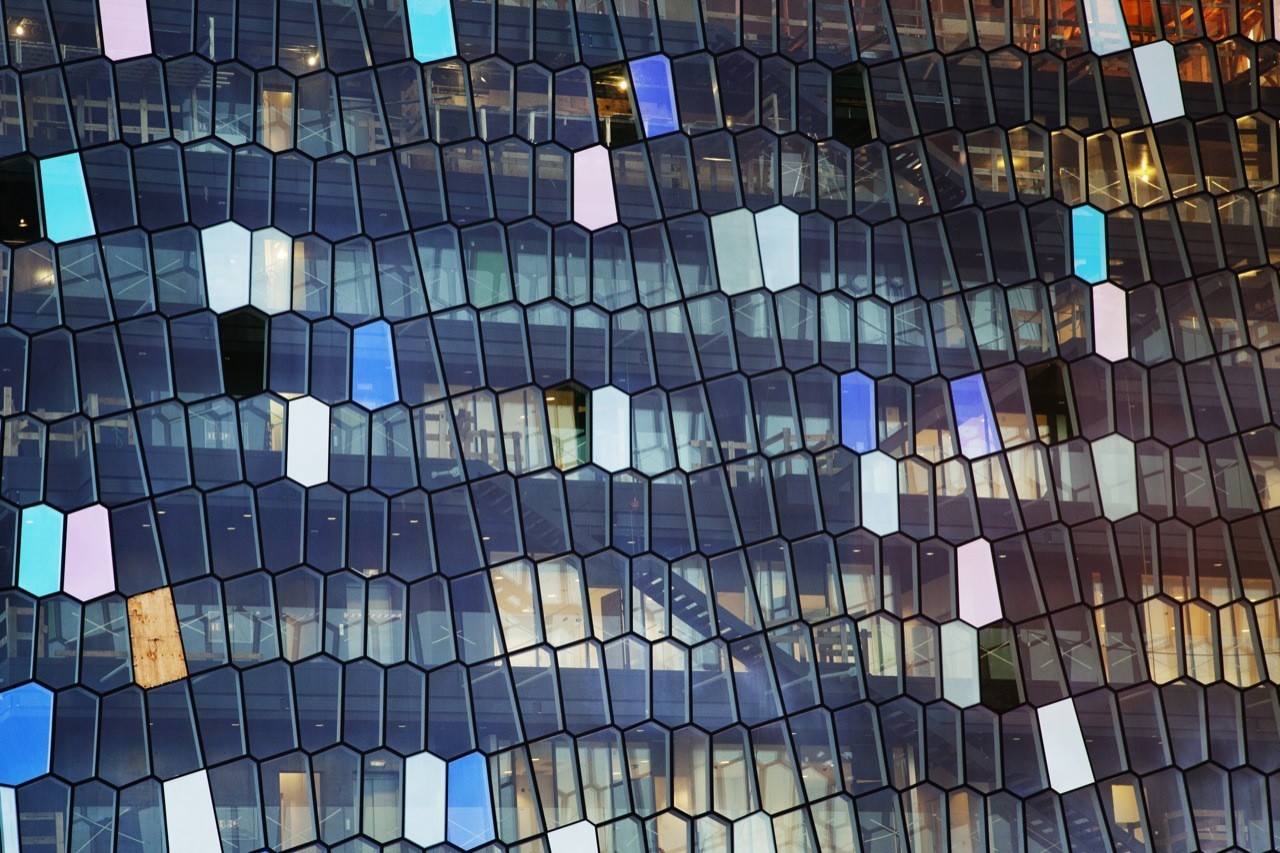
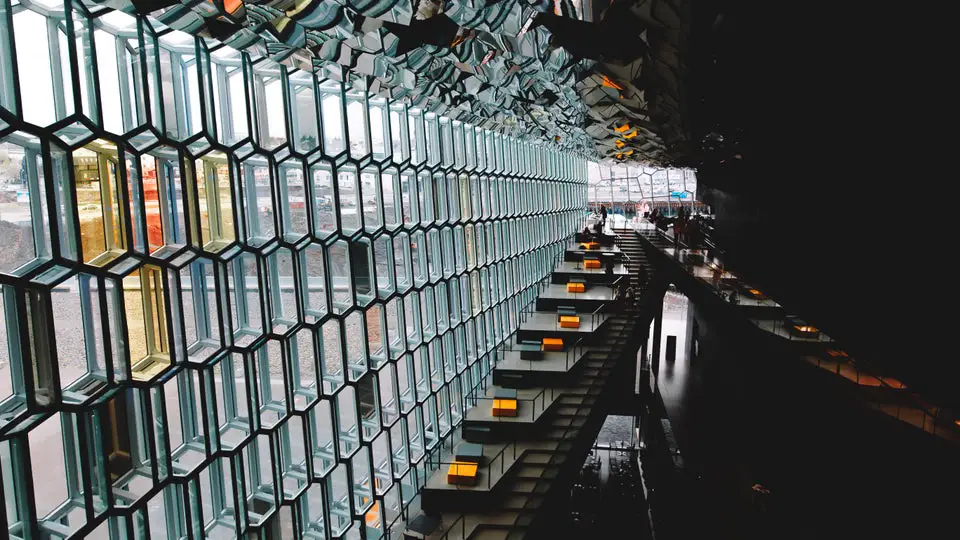
The south facade of the building is formed by assembling 12-sided modules. The hexagonal glass form, reminiscent of the crystallized basalt columns commonly found in Iceland, creates reflections of the city. The polyhedral glass facade is based on a geometric principle realized in two and three dimensions. In this way, the facade is designed to reflect the light from the harbor and the sky. A two-dimensional version of this geometric composition is used on the other facades of the building.
In the main spaces, attention was paid to the placement of colored panels that give beautiful reflections. And in the final stages of the design, an emphasis on reflection and transparency was designed. The design makes it easy to read the façade before the sun goes down, but in order to ensure perception after sunset, a multi-colored LED lighting system was used on the south façade, giving Harpa an Icelandic glow.
Harpa Settlement
Harpa Concert Hall and Conference Center includes an entrance area, foyer, restaurant, four halls in the center, a backstage area with offices, administrative offices, rehearsal hall and dressing rooms. Inside the building
- Silfurberg (750 seats)
- Eldborg (1800 seats)
- Norðurljós (450 seats)

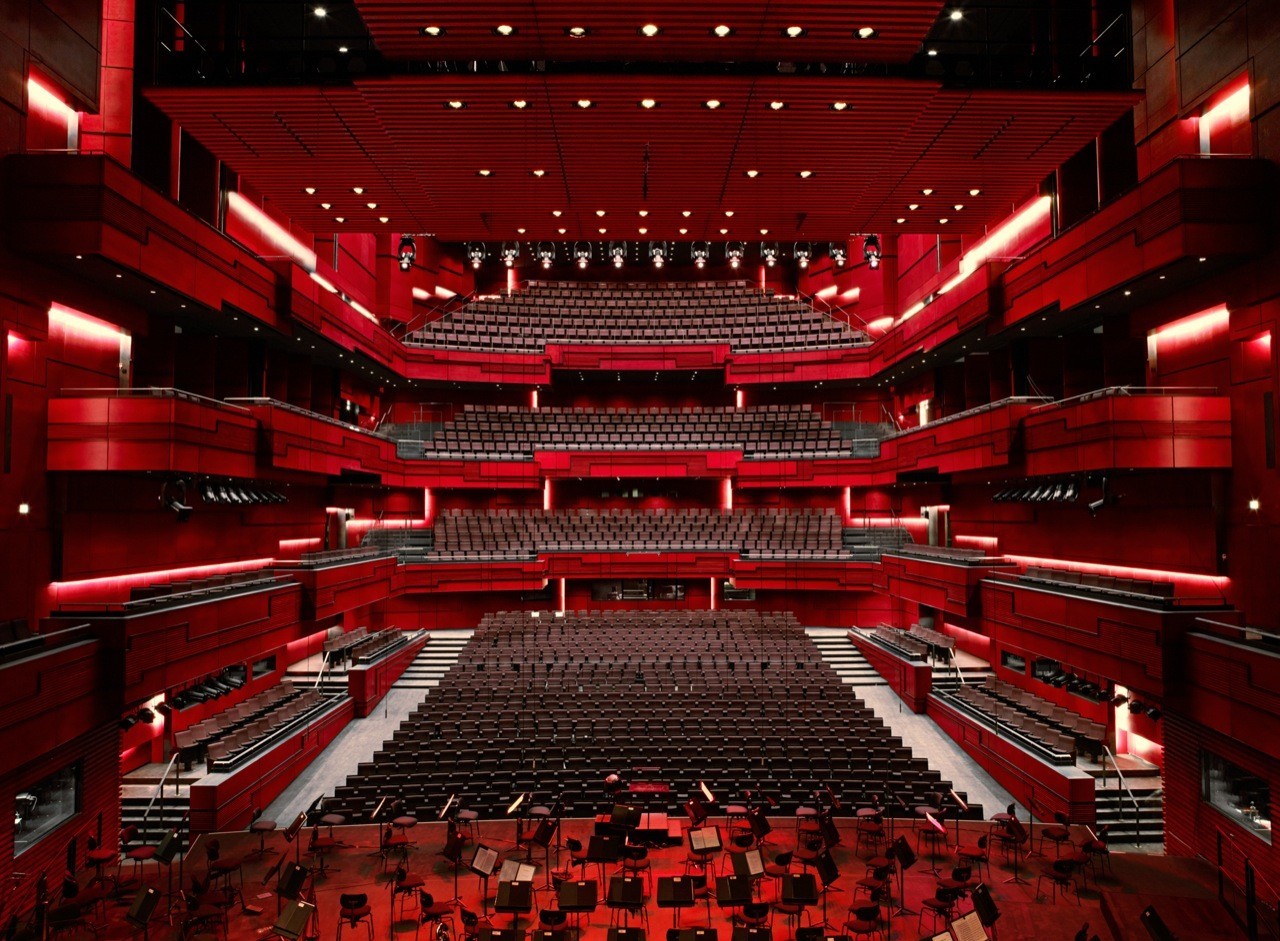
The three large concert halls are side by side and are accessed from the south side of the building, while the backstage area is accessed from the north side. On the fourth floor of the center is Kaldalón, a small hall for more intimate performances (195 seats) and a private restaurant area.
Meaning of Harpa
The name of the Reykjavik Concert Hall and Conference Center was submitted to the public on December 11, 2009. Out of 4,156 names suggested by 1,200 citizens, the name Harpa was the most popular. This request was generated because the name is Icelandic, but easily expressed in most languages. The name Harpa has more than one meaning. It is an old Icelandic word referring to a time of the year, a month in the old Norse calendar. The first day of that month is celebrated as the first day of summer and marks the beginning of a brighter time when nature is alive and the colors of the environment sharpen. Harpa also refers to the instrument that expresses the activities and processes within it.
Place in Popular Culture and Awards
- He appeared in an episode of the Netflix series Sense8.
- He appeared in an episode of Netflix‘s Black Mirror series called“Crocodile“.
- USITT Architecture Award 2018
- Best Meeting & Conference Centre in Europe 2016 – İş Alanları dalında..
- Local Favorite Award 2016 – Kültür Turu alanında..
- The Mies van der Rohe Award 2013
- Best MICE Centre in Northern Europe 2012
- Best public space 2012 – Arkitekturmassan Ödülleri kapsamında..
- Civic Trust Award in Edinburgh 2012 – 300 Adayın Arasından.
- The Cultural Award for architecture 2012 – Icelandic newspaper DV
- The Icelandic Concrete Award 2012
- The Icelandic Heating, Ventilating and Sanitary Award 2012
- Best Performance Space Design Award 2011 – Gezi ve Konser alanları dalında
- Nominated as the Best Cultural Building of the World 2011
- Harpa Plaza – the Best Public Nordic Space 2011 – Arkitekturmessan Gothenburgh
- Wayshowing – IIIDAwards 2011
- Harpa one of the 10 best Concert Halls and Inspiring Structures of the Millennium – Gramophone dergisi 2010
- World Architecture Award 2010
Frequently Asked Questions
- Where is Harpa Concert Hall and Conference Center located?
- Harpa is located in Reykjavík, the capital of Iceland, with a spectacular view on the seafront.
- How was the exterior of Harpa designed?
- The exterior is an aesthetic feast of unique geometric forms and colorful panels, created in collaboration with Henning Larsen Architects and Olafur Eliasson.
- What are the interior features of the Harpa?
- The interior is designed for flexibility and versatility. From large concert halls to small meeting rooms, there are spaces suitable for a variety of events.
- What is Harpa’s strategy for dealing with environmental challenges?
- Harpa’s design is specifically planned to overcome environmental challenges such as noise and climate. Special insulations and acoustic solutions protect the building against environmental influences.
- What are the awards Harpa has received?
- Harpa has won several prestigious architectural awards, such as the World Architecture Award and The Mies van der Rohe Award.
- Why was Harpa’s name “Harpa” chosen?
- The name Harpa is an Icelandic word that can be easily expressed in most languages, and was chosen because it represents a month in the Scandinavian calendar and symbolizes the time when nature comes to life.
- Which events can be organized in Harpa’s interior?
- A variety of events such as concerts, conferences, meetings, exhibitions and special events can be organized inside Harpa. The flexible design of the space accommodates different events.
- What are Harpa’s environmental sustainability measures?
- Harpa’s environmental sustainability measures include the use of special insulation, energy efficiency, and preference for environmentally friendly materials.
- What is the architectural style of Harpa?
- Harpa is an example of modern architectural style. The geometric forms on the exterior of the building and the functionality of the interior reflect the characteristic features of modern design.
My Thoughts on Harpa
Harpa was planned as a concert and conference center, but with the evolution it underwent during its design, it has created its own artistic and vital zone, making you feel and experience this life in and around itself. Harpa undoubtedly draws attention with its architecture and design rather than the concerts or conferences inside, like Radio City Music Hall.
What do you think about the Harpa Concert Hall and Conference Center? Do you think these design and spatial beauties undermine the actual function of the building? Is there anything missing or wrong with it? If you haven’t checked it out yet, you can also read our review of Radio City Music Hall, which was designed and built with almost the same language but almost 80 years before Harpa, here.
Architect: Henning Larsen Architects and Olafur Eliasson
Architectural Style: Modern Architecture
Year: 2007-2011
Location: Reykjavík, Iceland



